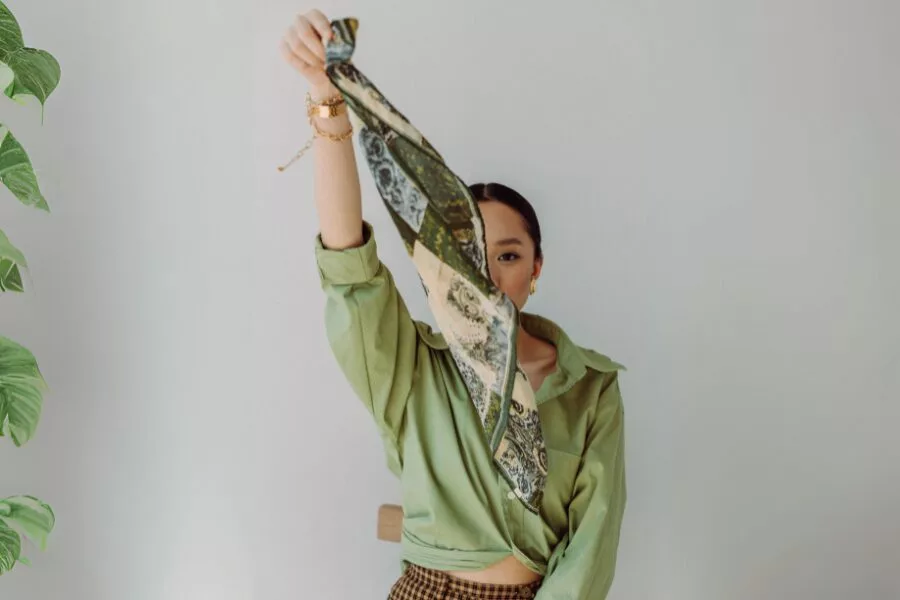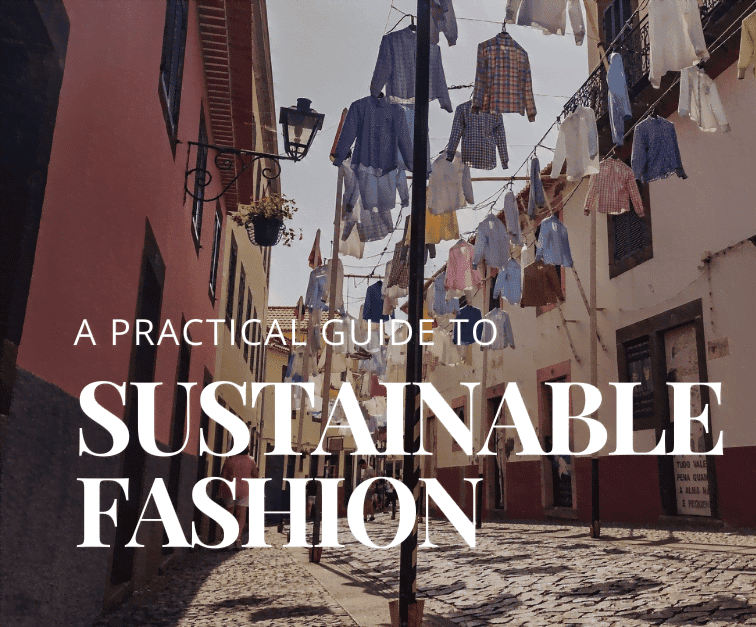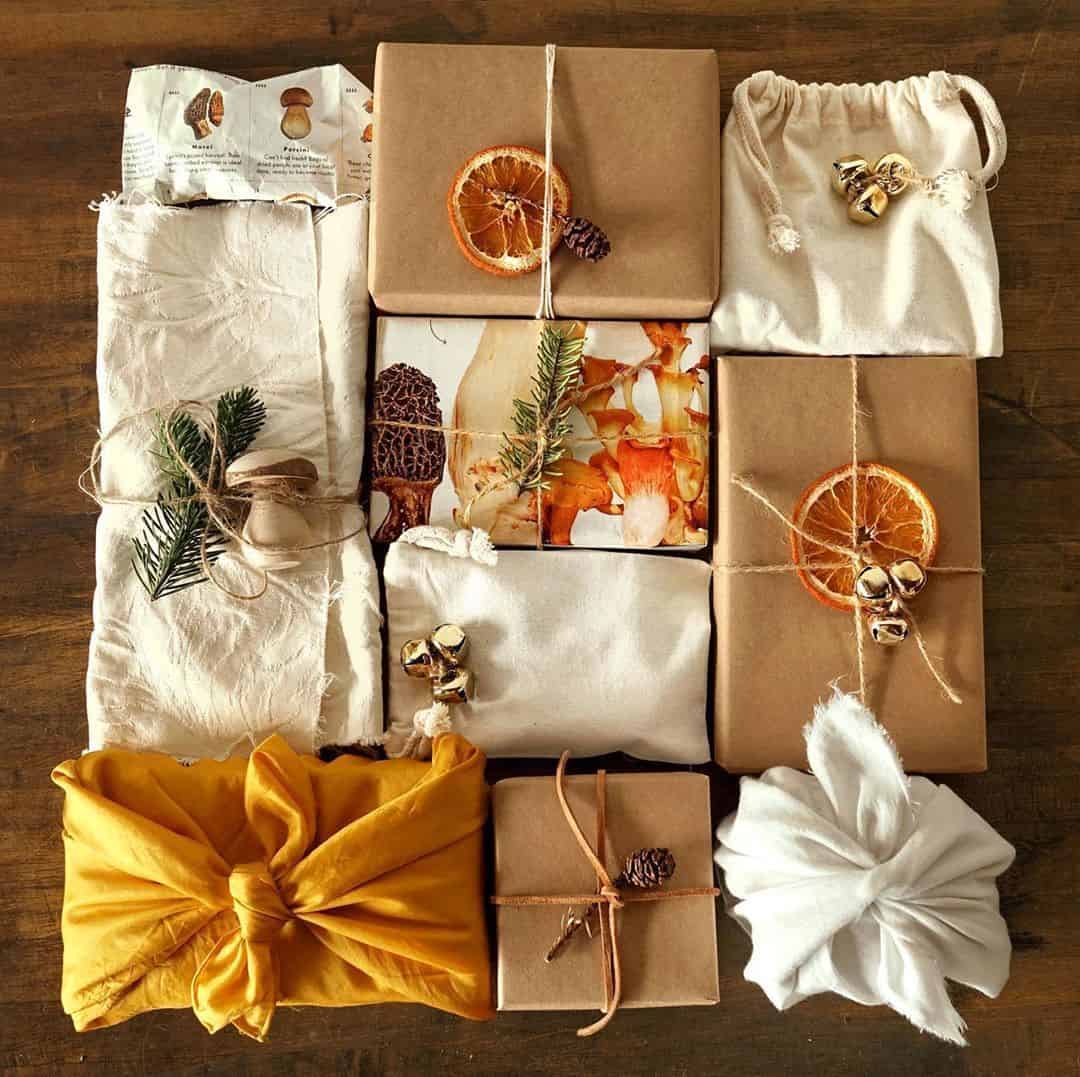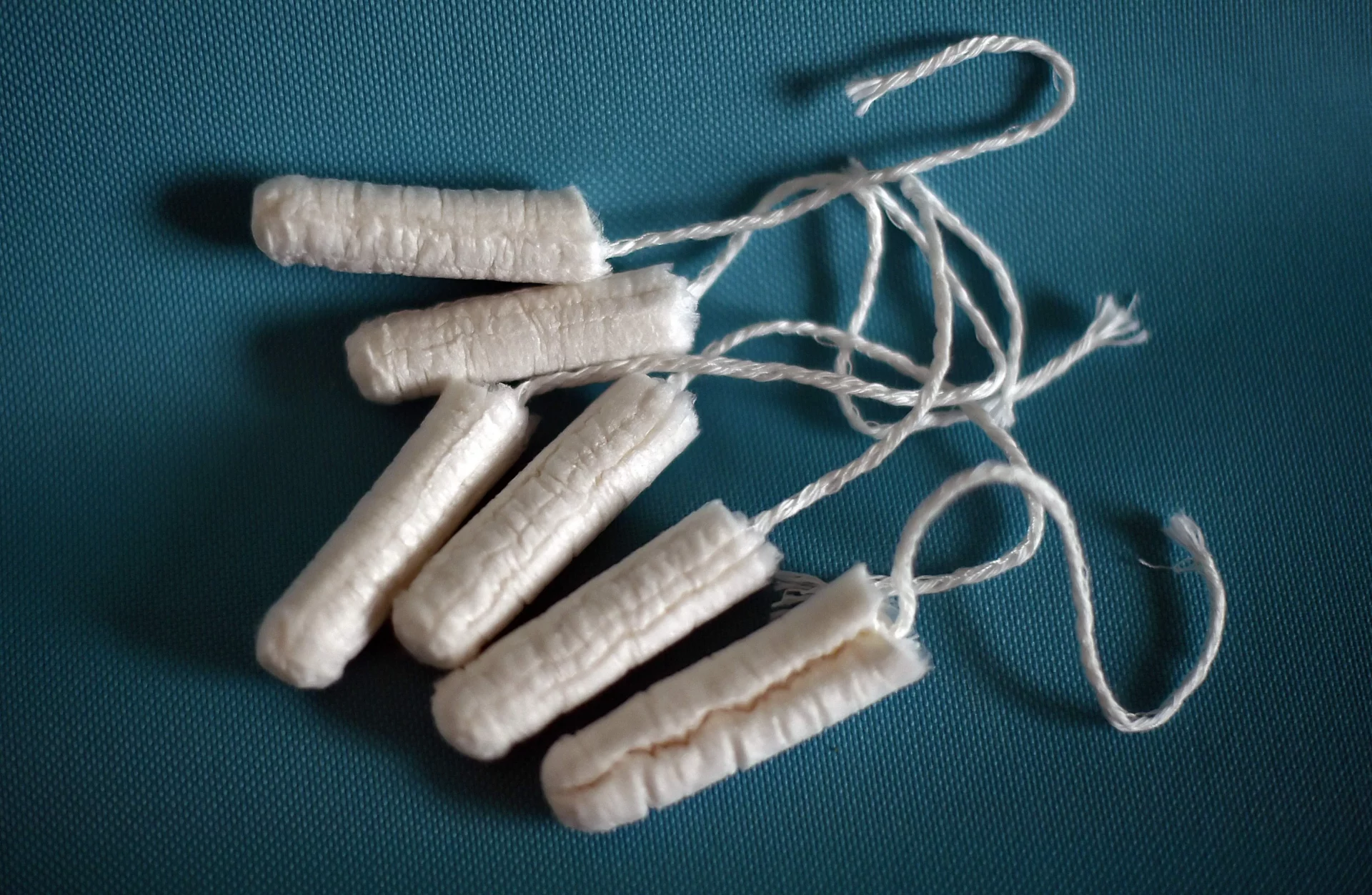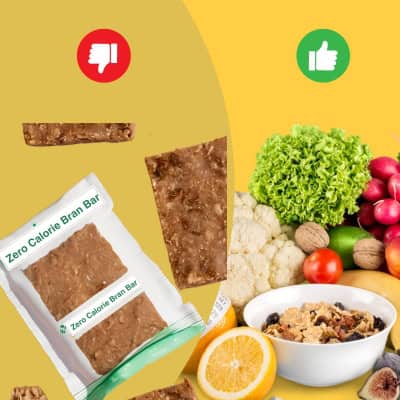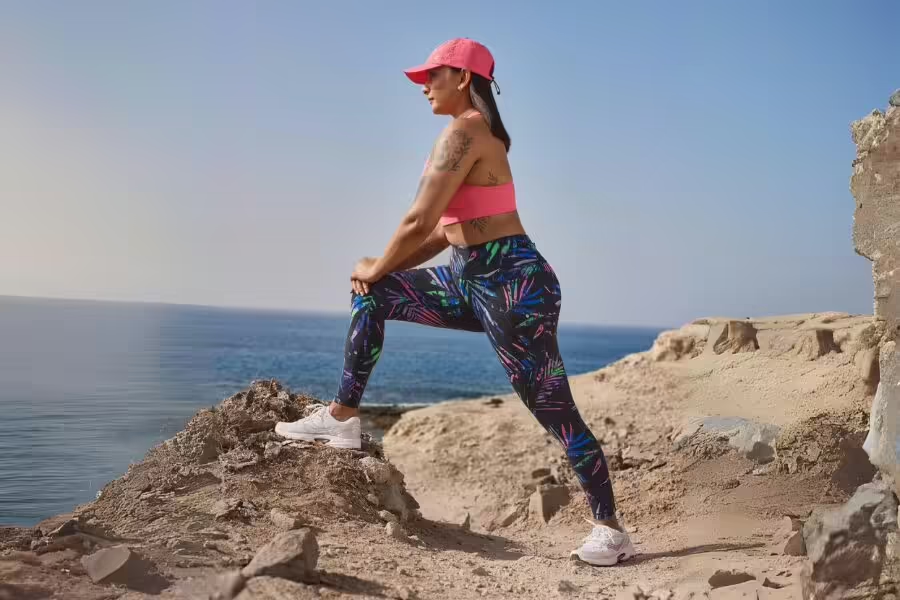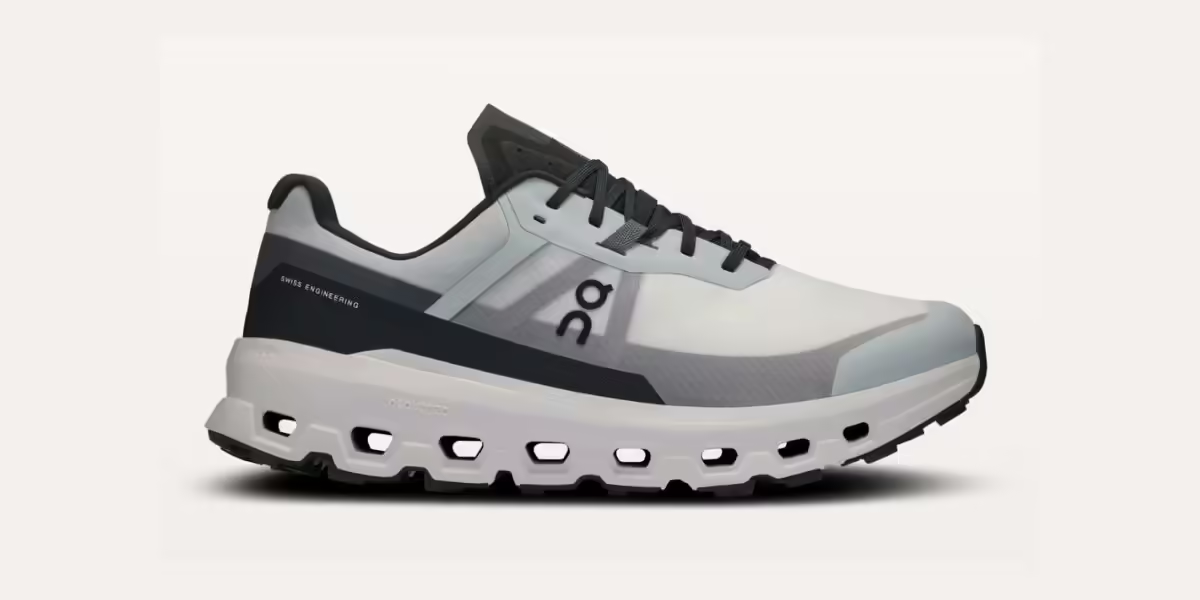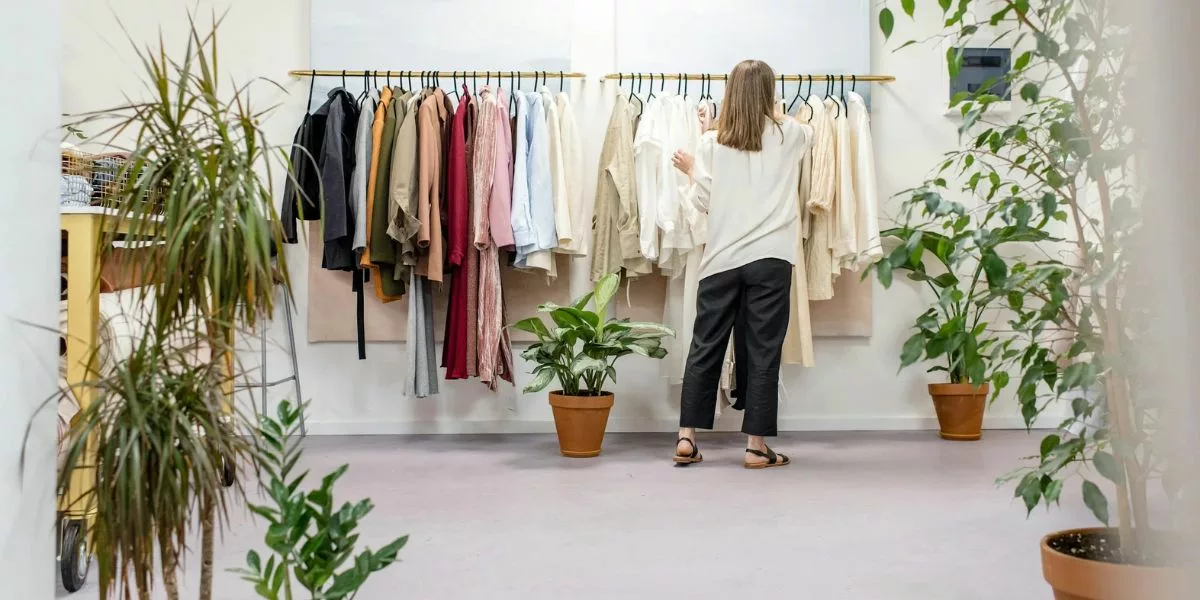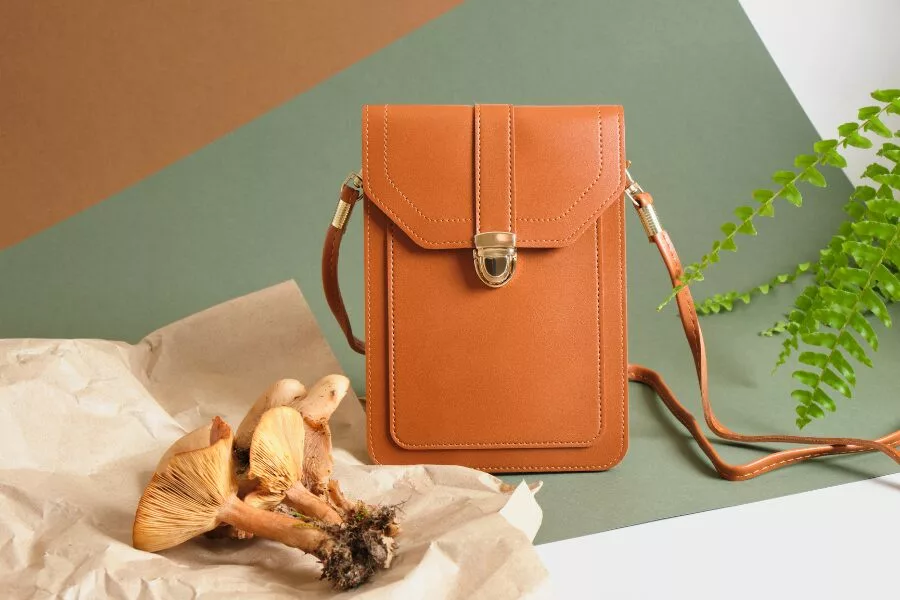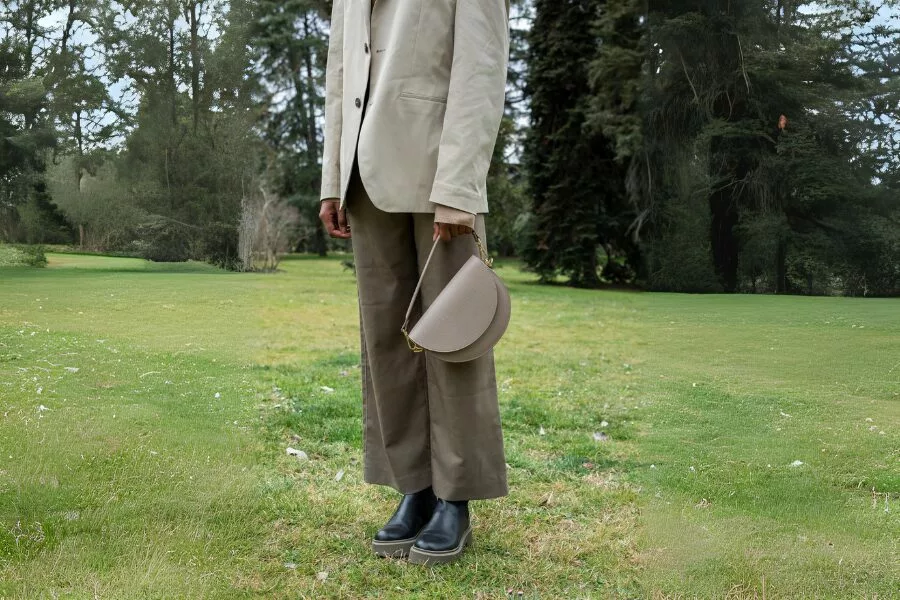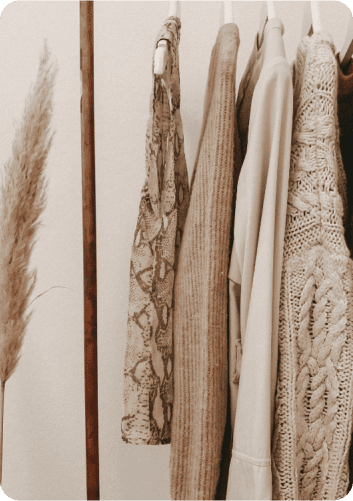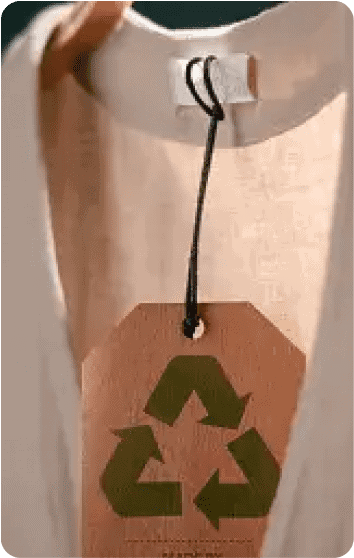Last Updated on September 22, 2024 by Shavy Jain
Tired of cotton? It’s time for something better.
Sure, cotton feels natural. But here’s the catch—it guzzles water, requires loads of pesticides, and takes a toll on our planet. Is it really as “natural” as we think? We need a better solution.
Unlock Your Savings with Exclusive Offer Coupons
Save big while shopping for sustainable products! Grab your exclusive coupons today!

Enter man-made cellulose fibers (MMCFs)—a game-changer in the fashion world. These eco-friendly fibers are redefining sustainability, offering the comfort of cotton without the environmental cost. Curious? Let’s dive in!
What Exactly Are Man-Made Cellulose Fibers?
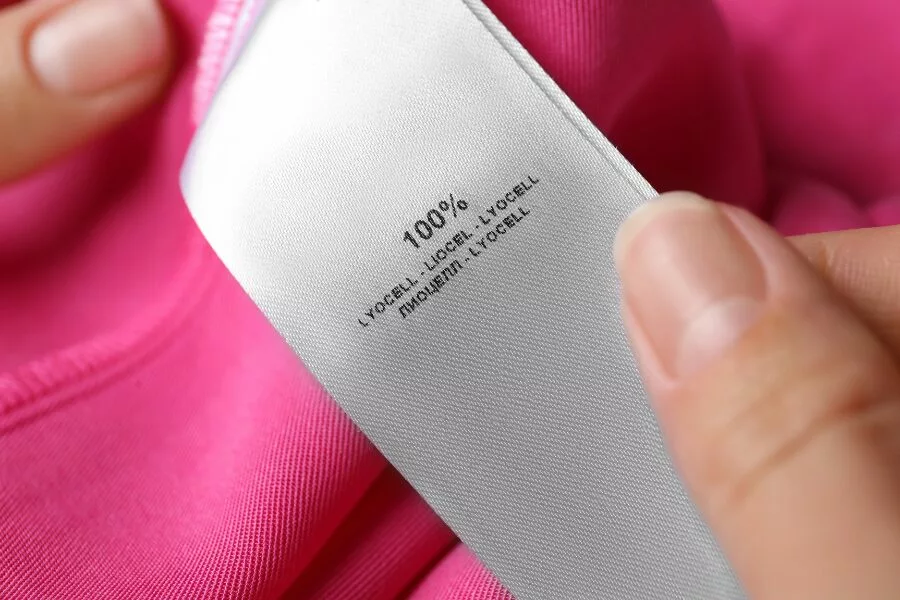
Imagine this: You slip on a T-shirt that’s soft, breathable, and stylish. But here’s the twist—it’s made from wood! Sounds crazy, right?
Well, that’s the magic of man-made cellulose fibers, or MMCFs. These fibers may start from a cellulose fiber tree, but by the time they reach your wardrobe, they’re transformed into fabrics that are as comfortable and fashionable as natural cellulose fibers like cotton, but with a significantly smaller environmental footprint.
Here’s how it works: Man-made cellulose fibers are produced from natural materials like wood pulp, sourced from cellulose fiber trees, much like cellulose fibers paper. Trees such as eucalyptus, beech, and bamboo are harvested sustainably and then processed into a pulp. This pulp is then treated through a special process that turns it into soft, flexible fibers ready to be woven into clothing. What’s left is a fabric that feels luxurious on the skin, just like your favorite cotton shirt, but with an eco-friendly twist.
Ever heard of Modal, Lyocell, viscose or cellulosic fibers meaning? These are some of the most common examples of man-made cellulose fibers. Each has its own unique qualities:
- Modal: Known for its silky softness and smooth drape, Modal is often used in high-end clothing and bedding. It’s breathable, durable, and resists shrinking.
- Lyocell: Often marketed under the brand name Tencel, Lyocell is loved for its moisture-wicking properties and biodegradability. It’s perfect for activewear and underwear because it keeps you cool and dry.
- Viscose: A versatile fabric used in everything from dresses to home textiles, viscose has a soft texture and a luxurious feel, making it a popular choice in fashion.
And here’s the best part: these fibers don’t just feel good on your skin—they’re much kinder to the planet. Unlike conventional cotton, which demands excessive amounts of water and harmful chemicals, man-made cellulose fibers are created from renewable, sustainably sourced materials. The production process for many MMCFs, especially Lyocell, is designed to recycle water and chemicals, ensuring minimal environmental impact. It’s fashion with a conscience.
So, the next time you’re shopping for clothes, check the label. If you see Modal, Lyocell, or viscose, you’re not just investing in comfort and style—you’re supporting a greener, more sustainable future.
Why Should You Care About MMCFs?
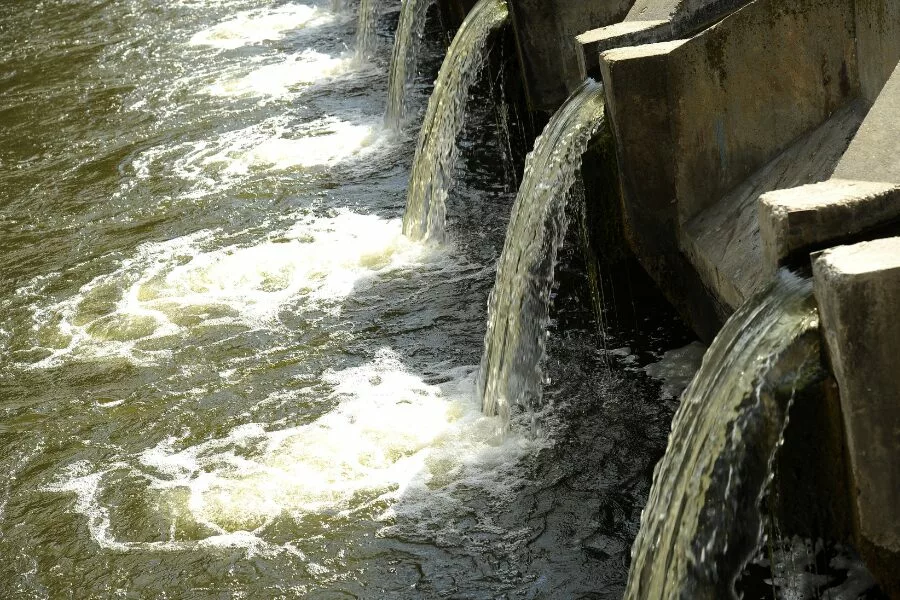
We’ve all grown up thinking cotton is the gold standard for comfort and breathability. Well, is cotton a cellulose fiber? Yes. But here’s the uncomfortable truth: cotton’s environmental footprint is massive. From excessive water use to pesticide-heavy farming, the production of natural cellulose fibers like cotton is anything but eco-friendly. In fact, growing just one cotton T-shirt requires about 2,700 liters of water—that’s enough for one person to drink for nearly three years! And then there’s the heavy reliance on pesticides and synthetic fertilizers, which pollute our water and soil, threatening ecosystems and human health.
That’s where man-made cellulose fibers (MMCFs) come to the rescue. These innovative fabrics are a breath of fresh air, offering the softness and versatility of cotton without the environmental baggage like non cellulosic fibers. So, why should you care about man-made cellulose fibers? Let’s break it down:
Water Usage: MMCFs Are Water-Savers
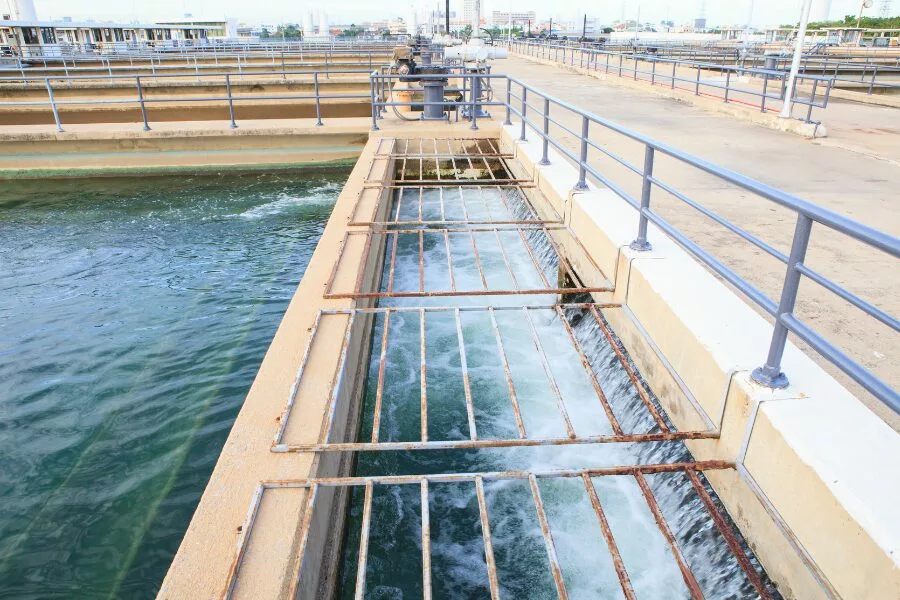
One of the biggest environmental concerns with cotton is its thirst for water. Cotton is grown in some of the world’s most drought-prone regions, where water is already a precious resource. In contrast, man-made cellulose fibers—like Lyocell, Modal, and viscose—use far less water during their production process. In fact, many of these fibers are made using closed-loop systems that recycle water, meaning they have minimal water waste. This means when you wear an MMCF-based garment, you’re helping conserve one of our planet’s most vital resources.
Fewer Chemicals: Protecting Our Planet’s Health
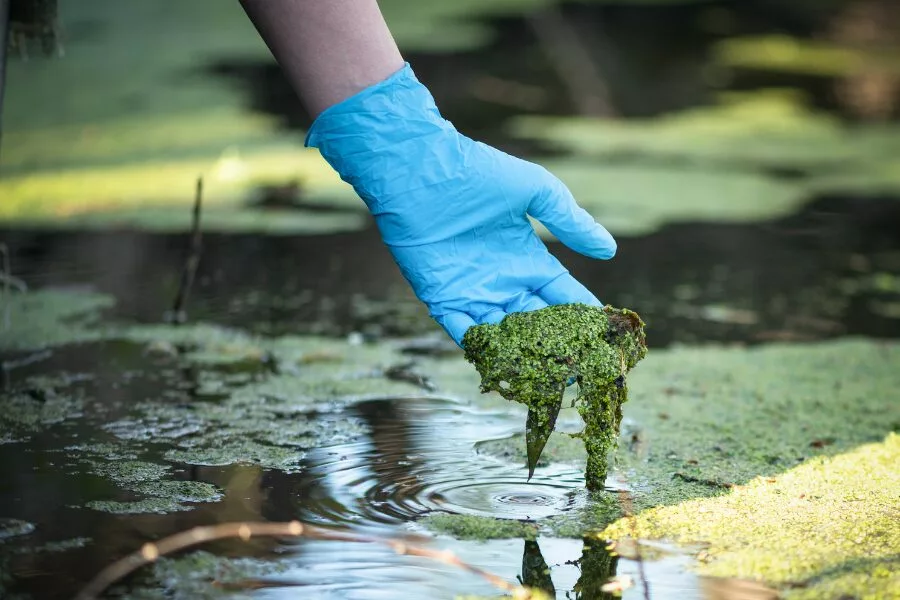
Cotton farming is heavily dependent on pesticides, herbicides, and synthetic fertilizers, which wreak havoc on the environment. These chemicals seep into the soil and waterways, contributing to pollution and biodiversity loss. But man-made cellulose fibers? They require far fewer chemicals in their production. For example, Lyocell is created through an eco-friendly process that reuses over 99% of the solvents involved, keeping harmful chemicals out of our ecosystems. And because man-made cellulose fibers are made from natural, renewable materials like wood, they avoid the intensive farming practices associated with cotton.
Smaller Carbon Footprint: A Win for the Climate
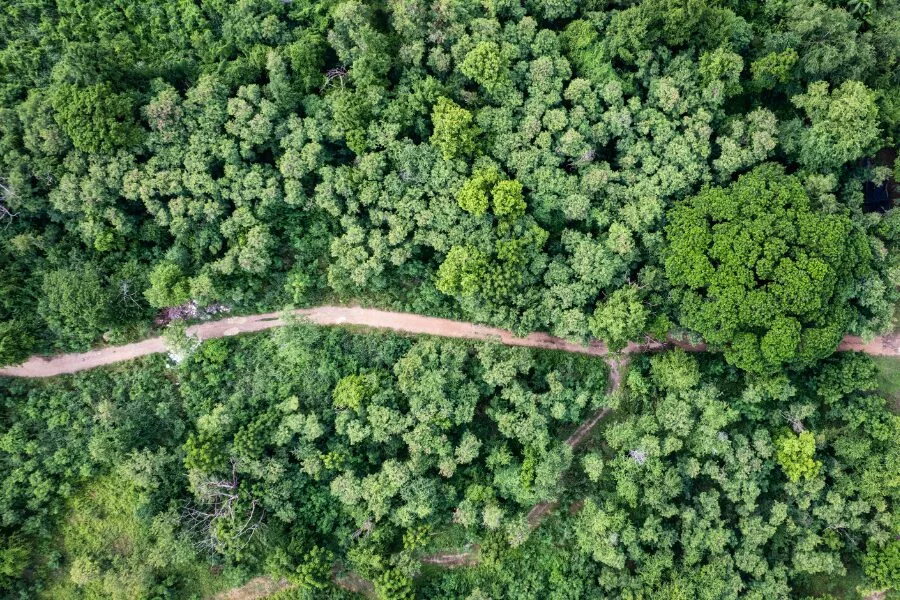
In today’s climate-conscious world, reducing your carbon footprint is more important than ever. The production of man-made cellulose fibers results in a smaller carbon footprint compared to cotton, much like cellulose fibers paper making. Since they require less water and chemicals, and are often sourced from fast-growing, renewable trees or cellulose fiber trees, man-made cellulose fibers have a much lower impact on greenhouse gas emissions. In a world grappling with climate change, every decision matters—including what we wear, like cellulose fiber clothing.
Durable, Breathable, and Perfect for Everyday Wear
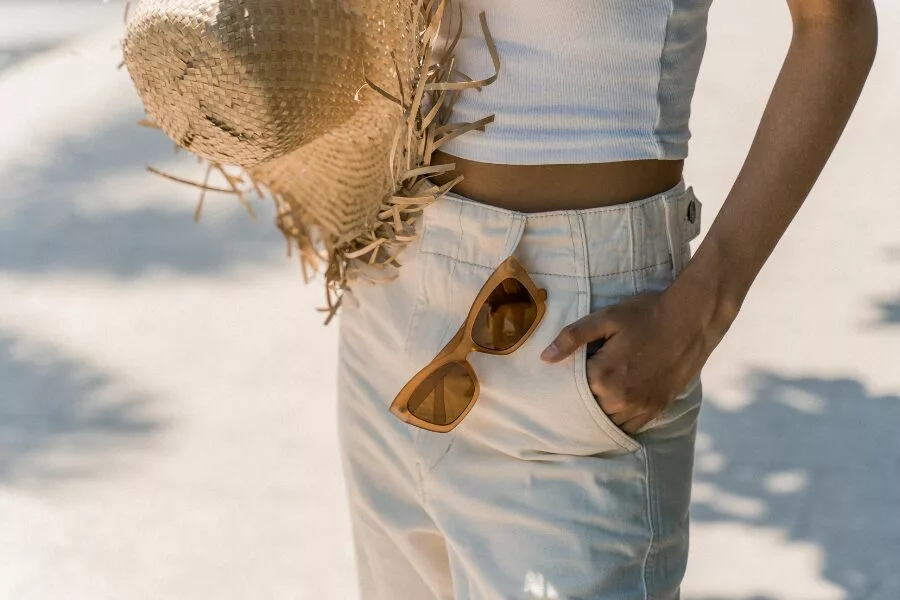
Sustainability doesn’t mean sacrificing style or comfort. Man-made cellulose fibers are not just good for the planet—they’re also great for your wardrobe. These fabrics are incredibly versatile, making them ideal for a range of garments. Whether you’re lounging at home in a soft, cozy sweater, or stepping out in a lightweight, flowy dress, man-made cellulose fibers have you covered. They’re durable, resistant to wear and tear, and naturally breathable, making them perfect for everything from casual wear to high-performance activewear.
Moisture-Wicking and Skin-Friendly
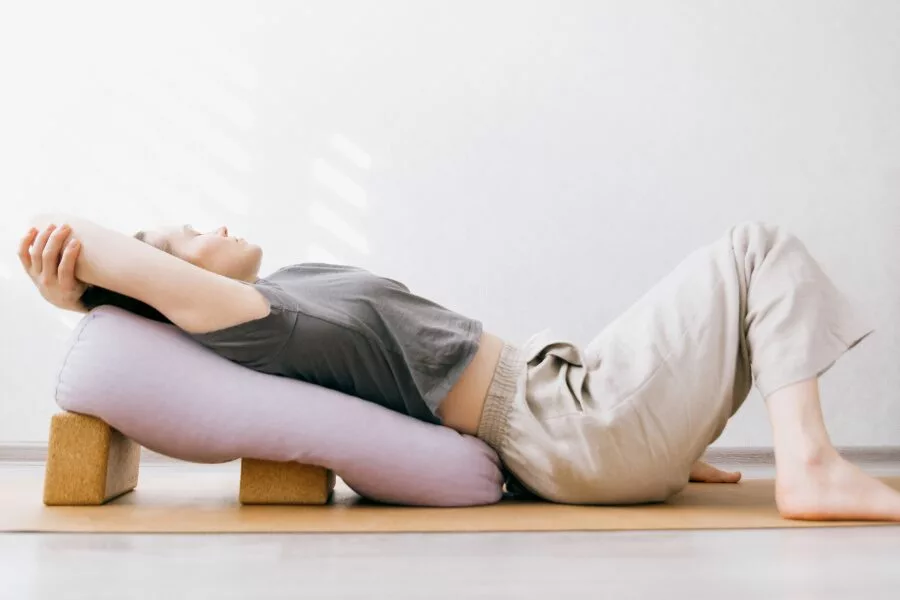
Looking for something that’s breathable and keeps you cool? MMCFs like Lyocell are naturally moisture-wicking, pulling sweat away from your body and keeping you dry all day. Plus, these fabrics are gentle on the skin, perfect for those with sensitive skin or allergies. With man-made cellulose fibers, comfort and performance go hand in hand, making them the ideal choice for everyday wear.
A Greener Future, One Outfit at a Time
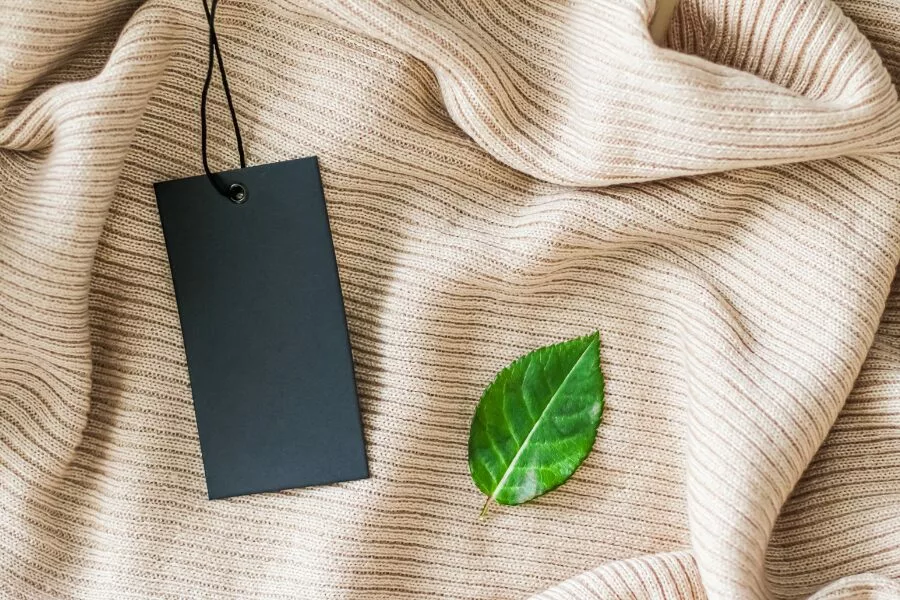
By choosing man-made cellulose fibers, you’re not just making a fashion statement—you’re making an environmental one. Each MMCF-based garment you buy is a small but impactful step toward reducing your environmental footprint. You’re supporting a production process that values sustainability and eco-friendliness over wasteful, harmful practices. It’s a conscious choice that aligns with the growing movement toward responsible consumerism.
So, why should you care about man-made cellulose fibers? Because what you wear matters. Your choices have the power to shape the future of fashion and protect our planet. From water conservation to fewer chemicals and a reduced carbon footprint, man-made cellulose fibers offer all the benefits of cotton—and more—without the environmental cost.
Next time you reach for that cozy sweater or flowy dress, ask yourself: are my clothes doing good for the planet? With man-made cellulose fibers or man-made cellulose fiber clothing, the answer is yes.
How MMCFs Outperform Cotton in Sustainability
When it comes to sustainability, cotton has long been the default choice for many. It’s a natural fiber, so it must be eco-friendly, right? Not exactly. Cotton comes with a hefty environmental price tag that’s often hidden from plain sight.
Man-made cellulose fibers (MMCFs), on the other hand, offer a much greener alternative without compromising on quality, comfort, or style. Here’s how man-made cellulose fibers leave cotton far behind in the sustainability race:
Water Use: MMCFs Save Thousands of Liters of Water
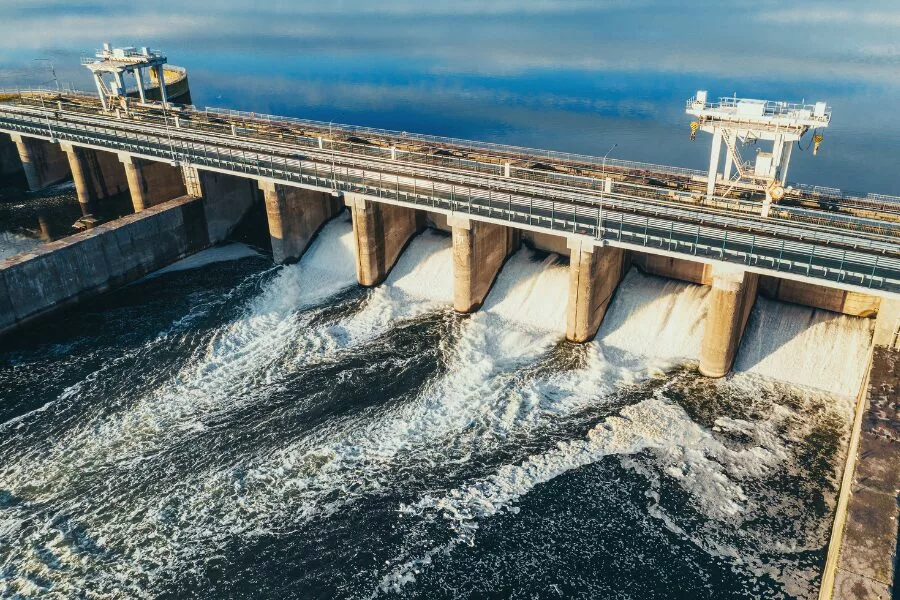
Let’s talk water. Cotton is notorious for being a thirsty crop. To grow just one kilogram of cotton—a little more than what’s needed for a single T-shirt—it takes around 2,700 liters of water. That’s enough to meet the drinking needs of one person for almost three years! Now multiply that by the millions of T-shirts and jeans made from cotton every year, and it’s clear how much stress cotton puts on global water supplies.
The environmental toll is especially concerning in countries where cotton is grown in arid regions already suffering from water shortages. MMCFs, by contrast, are produced from renewable resources like trees, which require far less water. Take Lyocell, for example. This MMCF is created through a closed-loop process that not only reuses the solvents but also recycles the water used in production. The result? A fabric that’s soft, strong, and made with minimal water waste. Choosing manmade cellulosics (MMCFs) means supporting sustainable water practices—a critical step toward conserving one of our planet’s most valuable resources.
Chemical Use: MMCFs Avoid Harmful Pesticides and Fertilizers
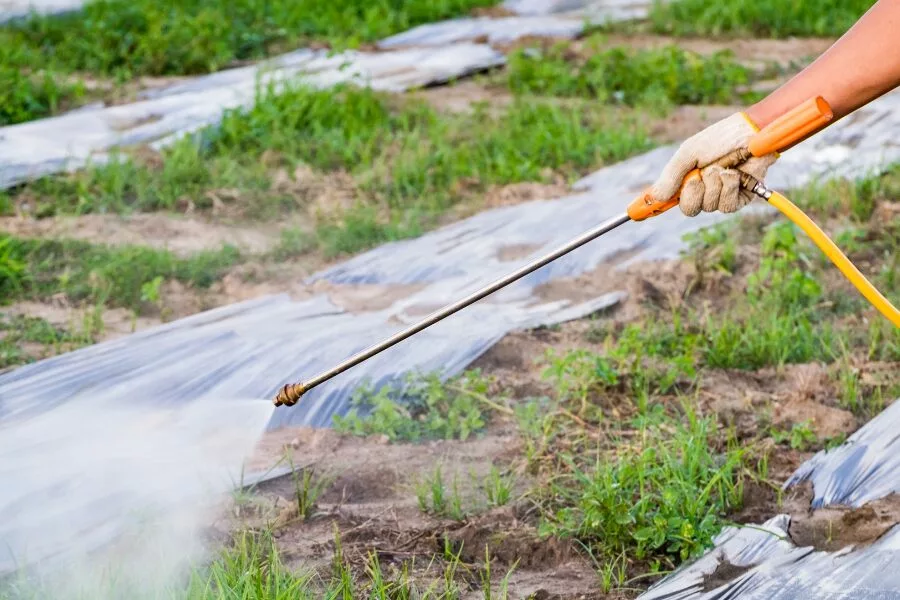
One of the biggest environmental downfalls of cotton is its dependency on chemicals. Cotton farming and cellulose fiber uses 16% of the world’s pesticides—a staggering figure considering it only covers 2.5% of the planet’s arable land. These pesticides and fertilizers leach into the soil, polluting waterways, killing beneficial insects, and harming nearby communities. Over time, this chemical cocktail creates lasting damage to ecosystems and contributes to the loss of biodiversity.
Man-made cellulose fibers or cellulosic fibers meaning like Modal, Lyocell, and viscose offer a cleaner alternative. Unlike cotton, which demands pesticides for growth, manmade cellulosics (MMCFs) are derived from trees that don’t require such chemical inputs. Moreover, many MMCFs are made through processes that use eco-friendly solvents. For instance, Lyocell is created in a nearly 100% closed-loop process, where over 99% of solvents and chemicals are recovered and reused. This dramatically reduces chemical pollution and minimizes the environmental impact, ensuring that fewer toxins enter our ecosystems.
Land Use: MMCFs Are Made from Renewable, Sustainably Sourced Trees
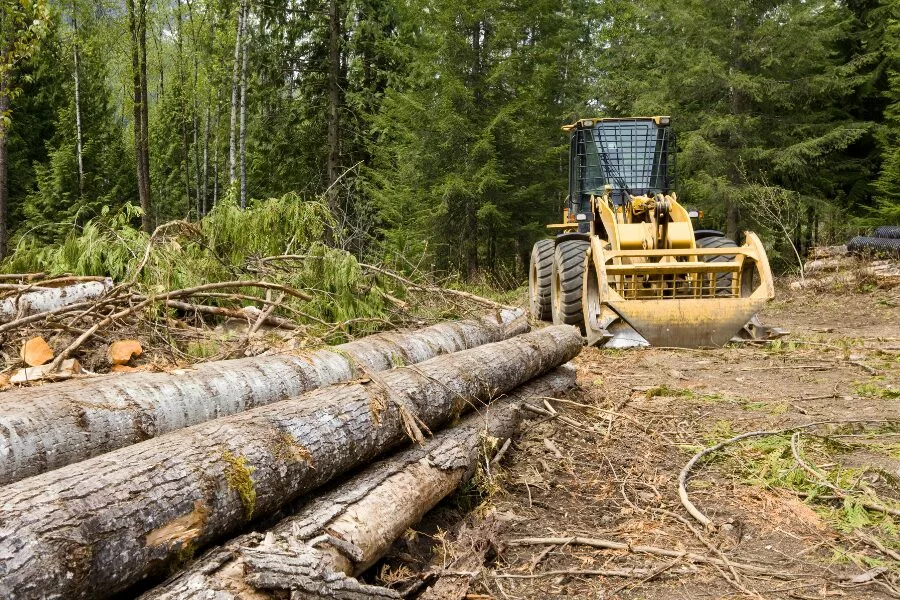
Cotton cultivation requires vast expanses of land—land that could be used to grow food or support biodiversity. In fact, about 2.5% of the world’s arable land is dedicated to growing cotton. This creates pressure on forests and ecosystems, often leading to deforestation, habitat destruction, and soil degradation. The result? A less diverse, less resilient planet.
On the flip side, man-made cellulose fibers are sourced from renewable resources—primarily trees, like cellulose fibers paper trees. These trees, such as eucalyptus and beech, can be grown sustainably on smaller areas of land, often in controlled environments. What’s more, forests managed for MMCF production are typically certified by sustainable forestry initiatives like the Forest Stewardship Council (FSC), ensuring they are grown, harvested, and replenished responsibly. Unlike cotton, man-made cellulose fibers don’t require large monocrop plantations, helping to preserve the biodiversity of natural ecosystems. Plus, the trees used for MMCFs grow quickly and can be harvested without damaging the environment, making this a much more sustainable source of fiber.
Energy Efficiency: MMCFs Reduce Carbon Footprint
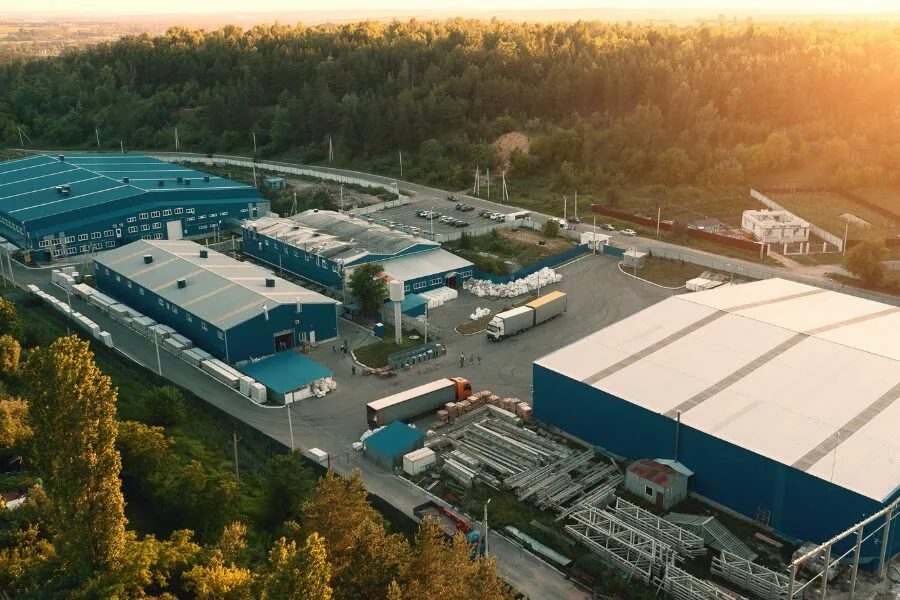
Producing cotton is energy-intensive. From field to finished fabric, cotton requires extensive mechanical processing, as well as irrigation, chemical treatments, and transport, all of which add up to a sizable carbon footprint. In regions where cotton is grown and processed, the environmental toll is worsened by the reliance on fossil fuels for energy, further exacerbating climate change.
Man-made cellulose fibers, in comparison, are made using highly energy-efficient processes. Fibers like Lyocell are produced in factories designed to reduce waste and reuse energy, significantly cutting down on the overall carbon footprint. Additionally, the growing popularity of MMCFs means more investment in even greener production technologies, like renewable energy-powered plants and more efficient harvesting methods. The result? Manmade cellulosics (MMCFs) leave a much lighter footprint on the planet.
MMCFs Are Part of a Circular Economy
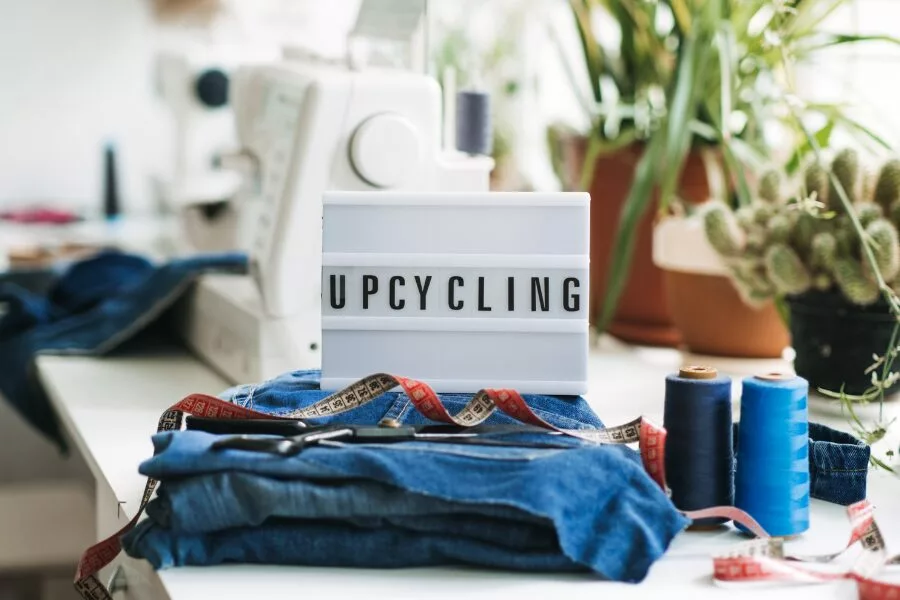
While the production of cotton often follows a linear model—grow, produce, discard—MMCFs are much more aligned with a circular economy. Many MMCFs, especially Lyocell and viscose, are biodegradable, meaning they naturally break down without leaving harmful waste in the environment unlike other non cellulosic fibers. Plus, the production of MMCFs, especially in closed-loop processes, minimizes waste and pollution, recycling chemicals, water, and solvents to create a more sustainable system.
When you wear MMCF-based clothing, you’re investing in fabrics that not only reduce harm to the planet but also support a more responsible and regenerative approach to production and consumption. And as the demand for MMCFs grows, so too does the potential for innovation in the fashion industry, pushing us toward an era of truly sustainable fashion.
The Bottom Line
When it comes to sustainability, manmade cellulosics (MMCFs) are the clear winner over cotton. They save water, use fewer chemicals, require less land, and are part of a growing movement toward more eco-friendly and responsible fashion. The numbers speak for themselves—MMCFs aren’t just the future of fabrics, they’re a crucial part of the solution to the environmental challenges we face today. So, the next time you’re shopping for clothes, remember: MMCFs don’t just look good, they do good for the planet too.
Brands Leading the Way with MMCFs
Curious about who’s driving the MMCF revolution? You’re not alone. With growing awareness around sustainability, more and more fashion brands are waking up to the environmental cost of traditional textiles like cotton and polyester. They’re ditching wasteful practices and embracing man-made cellulose fibers (MMCFs) to create stylish, eco-friendly collections that don’t compromise on quality, comfort, or aesthetics.
Brands Championing MMCFs: Leading by Example
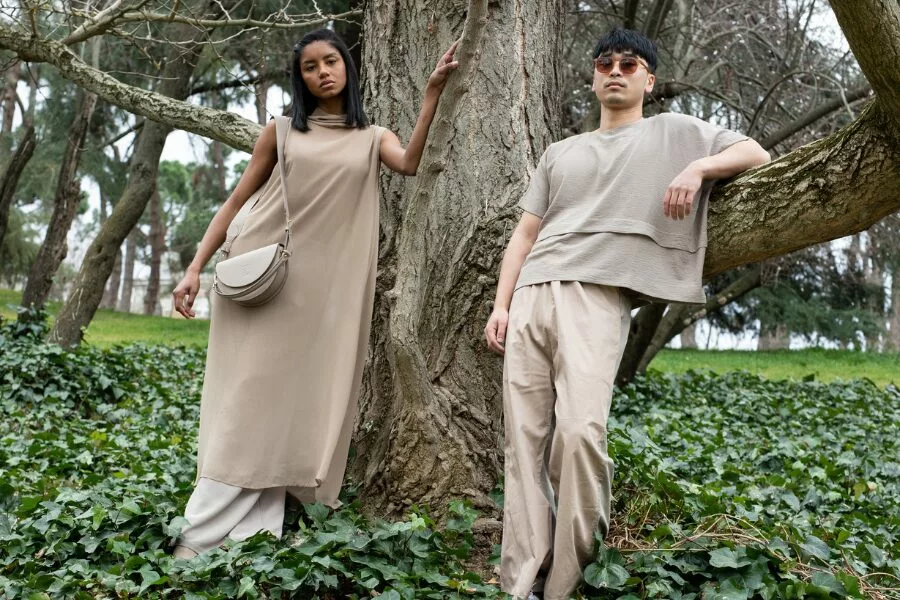
The fashion industry has long been criticized for its impact on the environment—waste, water usage, and pollution have often been part of the production process. But a wave of innovative brands is changing that, using MMCFs as a key component in their commitment to sustainability. These forward-thinking labels are proving that responsible fashion like cellulose fiber clothing doesn’t have to sacrifice style.
- Stella McCartney: A household name in sustainable luxury, Stella McCartney has been a leader in using eco-conscious materials, including MMCFs like viscose, in her designs. With a commitment to sourcing sustainable viscose from certified forests, McCartney proves that high fashion can be both chic and planet-friendly.
- Patagonia: Known for their environmental activism and durable clothing, Patagonia is exploring the use of MMCFs like Lyocell in their collections, especially for activewear. Their use of sustainable fabrics helps reduce the carbon footprint of their products while offering high-performance, long-lasting gear.
- Reformation: A favorite among the eco-conscious crowd, Reformation cellulose fiber uses sustainable fabrics like Lyocell and Tencel in its trendy, ready-to-wear collections. By incorporating sustainable man-made cellulosic fibers into their flowy dresses, tops, and jumpsuits, Reformation demonstrates that you can make ethical choices without compromising on fashion-forward designs.
- Lenzing Group: While not a brand in itself, Lenzing is the world leader in producing MMCFs like Tencel™ Lyocell and Modal. Their innovative production process is a blueprint for the future of textiles, using closed-loop systems and sustainable wood sourcing to reduce environmental impact. Many leading brands, from fast fashion to high-end designers, are incorporating Lenzing’s fibers into their collections.
These brands and many more are leading the charge, using MMCFs as a way to offer their customers high-quality, ethical alternatives to conventional fabrics. Whether it’s high-end runway pieces or everyday essentials, MMCFs are proving to be the go-to solution for brands looking to reduce their environmental impact.
The Future of Fashion: Choosing Sustainability Over Convenience
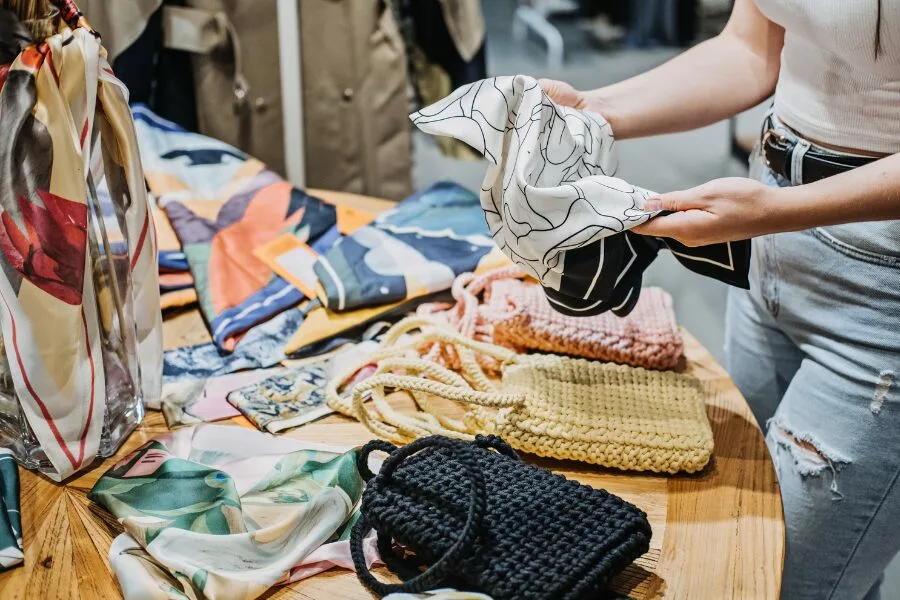
It’s time for a wake-up call. Fashion isn’t just about looking good anymore—it’s about making choices that help the planet. The clothes we wear, the fabrics we choose, and the brands we support all play a role in shaping the future. The question is, will you be part of that change?
So, is cotton a cellulose fiber? Yes. Cotton may feel familiar, but its environmental impact is huge. The massive water consumption, chemical use, and land depletion make it far from the “natural” choice many assume it to be. So, what’s the alternative? Man-made cellulose fibers (MMCFs) are stepping up as a revolutionary option. These fibers are not only kinder to the environment but also deliver the comfort, durability, and style you expect. The days of choosing between sustainability and style are over. With MMCFs, you can have both.
It’s Time to Rethink Your Wardrobe—Are You In?
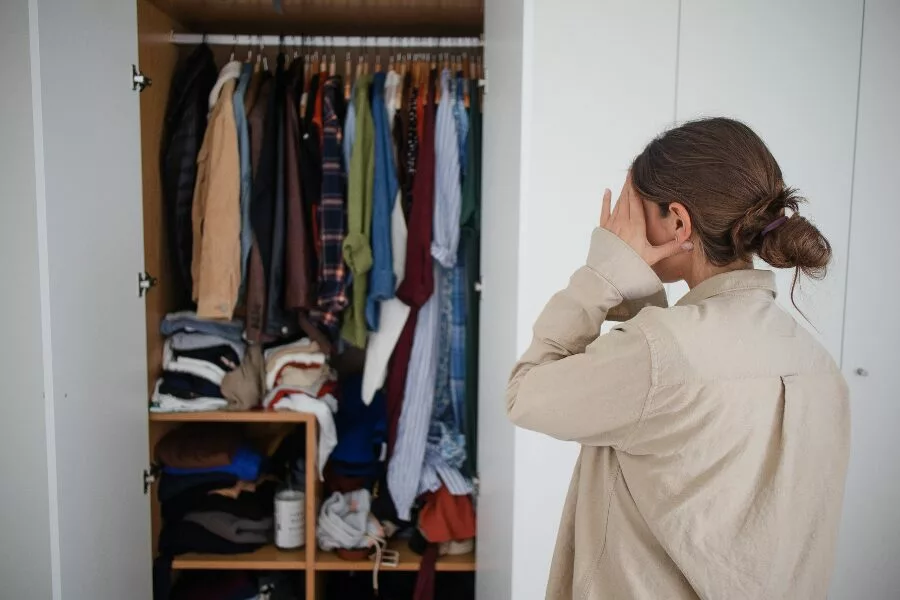
Here’s the reality: every piece of clothing you buy impacts the planet. The production of what we wear isn’t just a personal choice—it’s a global issue. That cozy cotton sweater might feel soft, but at what cost? With MMCFs, you have the power to do better.
Think about it. When you choose MMCFs over cotton or natural cellulose fibers, you’re making a statement—a loud and clear message that says you care about sustainability. It’s about more than just what’s trendy or comfortable. It’s about consciously deciding to reduce your environmental footprint. Every time you wear a dress made from Lyocell or Modal, you’re not just looking stylish—you’re making a positive impact.
What if, the next time you shop, you paused for a second to ask: “What impact does this fabric have on the Earth?” That simple question can be a game-changer. It’s the beginning of a shift—away from the convenience of fast fashion and toward a future where sustainability is the first consideration. Sustainable man-made cellulosic fibers are not just another fabric option—they’re the conscious choice, the better choice.
MMCFs: Where Style Meets Sustainability
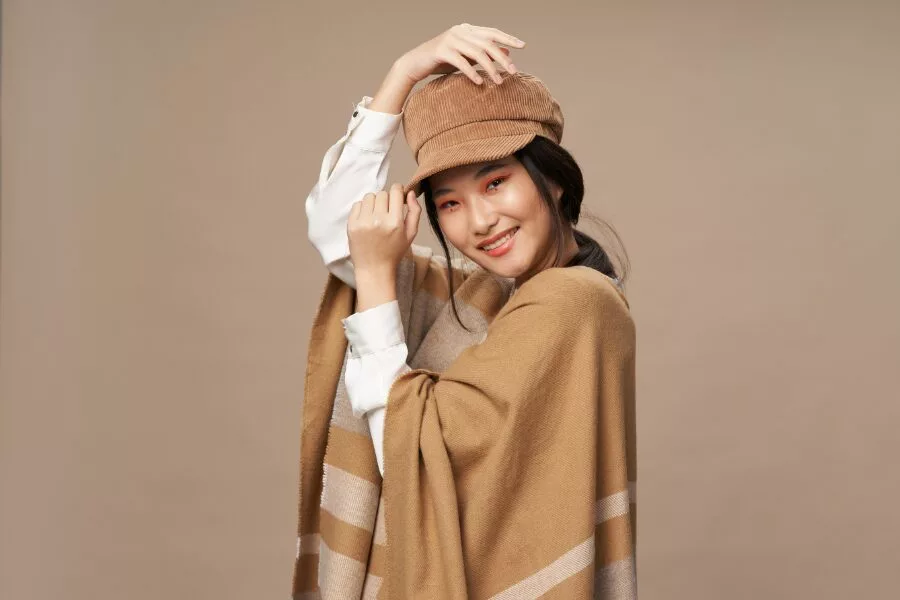
In the past, sustainable fashion may have felt like a compromise. Eco-friendly fabrics didn’t always offer the same level of comfort or durability. But those days are gone. MMCFs are proving that style and sustainability are not mutually exclusive. Want a soft, breathable fabric? Lyocell has you covered. Need something durable for everyday wear? Modal delivers. And the best part? You can feel good about every purchase.
Choosing MMCFs is more than just following a fashion trend—it’s about joining a movement. It’s a movement that’s challenging the fashion industry to rethink how it operates. It’s about building a future where fashion doesn’t come at the expense of the environment.
The Power Is In Your Hands—Every Choice Counts
The future of fashion is up to us. Every purchase, every brand we support, every fiber we wear—these are opportunities to drive change. Your choices matter. And it doesn’t stop with your closet. By choosing MMCFs, you’re influencing an entire industry, encouraging more brands to adopt sustainable practices. Imagine the ripple effect—if more of us choose responsibly, we create a powerful demand for eco-friendly fabrics, pushing fashion towards a more sustainable future.
Remember, every time you choose MMCFs over conventional cotton, you’re contributing to less water waste, fewer harmful chemicals, and a smaller carbon footprint. That’s real impact. It’s not about perfection—it’s about progress. And with every small, mindful decision, you’re playing a part in something much bigger.
The Future of Fashion Is In Your Closet—Are You Ready to Make the Change?
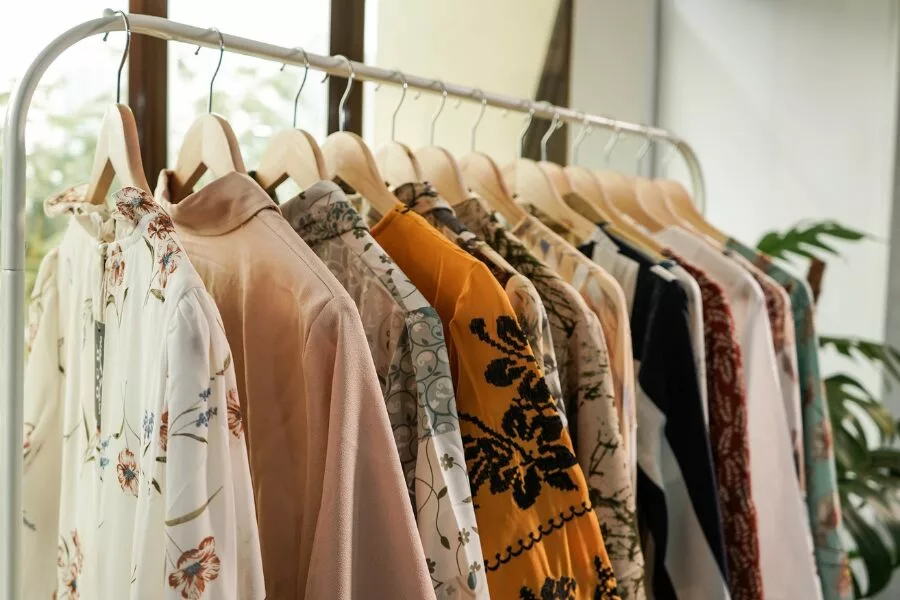
So, what’s next? You’ve learned how MMCFs are transforming the fashion landscape. Now, it’s time to make that transformation a part of your own wardrobe. It’s time to stop settling for convenience and start choosing consciously.
By opting for eco-friendly fabrics like MMCFs over other natural cellulose fibers or non cellulosic fibers, you’re not just keeping up with trends—you’re ahead of them. You’re embracing the future of fashion—a future where the planet and its people are valued. It’s no longer just about aesthetics; it’s about ethics.
Ready to Give Man-Made Cellulose Fibers a Try?
The next time you find yourself browsing the racks, remember the bigger picture. That cute T-shirt made from MMCFs? It’s not just another addition to your wardrobe—it’s a step toward a cleaner, greener future. With sustainable man-made cellulosic fibers, you’re part of a movement, shifting the fashion industry toward sustainability, one fiber at a time.
The future is in your hands (and in your closet). Are you ready to make a change? The world needs it, and your wardrobe is the perfect place to start. Let’s build a greener future, starting with what’s in your closet. You don’t just wear clothes; you wear your values. So, why not make them count?
Together, We Can Make Sustainable Fashion the New Norm
By choosing MMCFs, you’re aligning yourself with a future where convenience takes a back seat to responsibility. Let’s face it—sustainable fashion isn’t just a trend; it’s a necessity. And with MMCFs, that necessity becomes a reality without sacrificing style, comfort, or affordability.
So, are you ready to make a statement? Ready to leave behind fast fashion and embrace thoughtful, sustainable choices? Start with MMCFs. Your closet—and the planet—will thank you for it.
Stay stylish and sustainable!
Subscribe for exclusive fashion tips and a free guide to eco-friendly apparel.
Frequently Asked Questions
What was the first man made cellulose fiber?
The first man-made cellulose fiber is rayon.
What are the examples of cellulose fibers? Is cotton a cellulose fiber?
Examples of cellulose fiber uses include cotton, linen (flax), hemp, and jute.
What are the 4 manufactured cellulosic fibers?
The four manufactured cellulosic fibers meaning are rayon, lyocell, acetate, and triacetate.
What are examples of sustainable man-made cellulosic fibers?
Examples of man-made fibers include nylon, polyester, acrylic, and spandex.

